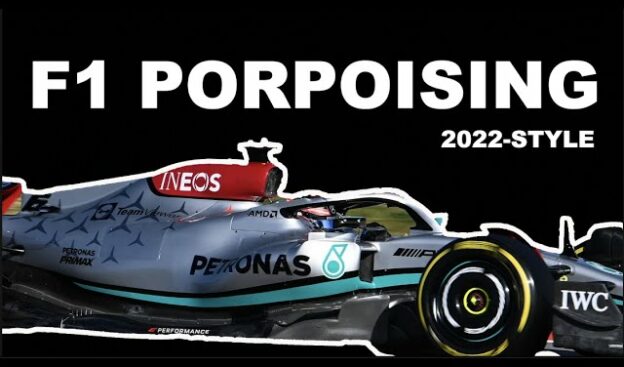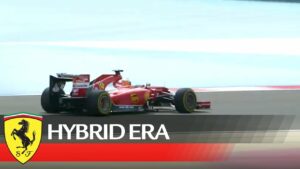F1 car porpoising: CFD or tunnels? By Peter Windsor

The new-era F1 cars have brought "porpoising" back to the F1 vernacular after a 40-year absence. The cause? The additional under-car downforce allowed by the 2022 regulations. The porpoising effect - basically an an out-of-control centre-of-pressure that causes a disturbing hump movement through the length of the car - used to be solved by improving the sealing qualities of the side skirts (a complicated, time-consuming task that was never easy within the crammed garages of the time).
The more the skirts leaked air from under the car, the worse the porpoising - and vice versa. In 2022, without the expediency of skirts at their disposal, the teams are facing the problem in both the wind tunnel and with CFD (computational fluid dynamics). Time is short, though. The 2022 cost-cap restricts CFD and tunnel use, obliging the teams to be more aerodynamically-organised than ever before. And, with the first two races but a few days away, the pressure, so to speak, is on.
Which path will be the most effective at this crucial time? Wind tunnels? Computers (CFD)? Or a decent combination of the two? For background, I spoke to one of the outstanding aerodynamic engineers of the previous full-ground effect generation, Frank Dernie, and put it to him straight: CFD or tunnels? With limited time, which is better? Special thanks to Frank Dernie
✅ Check out more posts with related topics:


